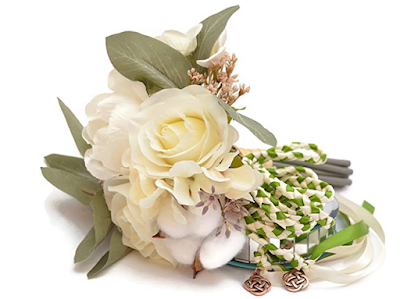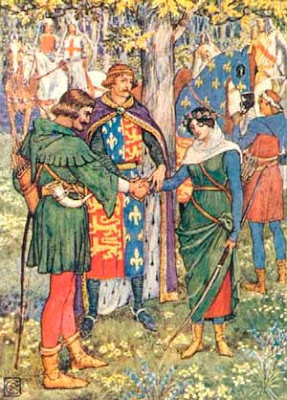The biblical story of Esther is about a woman chosen as a candidate to become queen to the Persian king after he deposed his first wife. As Esther waited her turn to see the king, she had help getting ready. While I can’t say for sure, tradition puts Esther at 40 years old at the time. In some ways, with many women involved, it was a beauty contest and the preparation took a year. First, Esther used myrrh for six months as part of her beauty treatments. Used topically, myrrh oil helps fade blemishes, reduces symptoms of eczema and other skin ailments, and effectively cleans, moisturizes, and tightens the skin. It is also said to bring emotional balance. Esther's myrrh routine was followed by six months of other beauty treatments.
Ancient skin care secrets
So what else can we learn from ancient cultures regarding skin treatments before the wedding day arrives? When it comes to ancient times and beauty, I couldn’t help but think of Cleopatra’s life. Maintaining beauty was a life-long endeavor for her. Many of the things she used were not available to common folk at the time but some are still available to us today.
Milk baths: Cleopatra was renowned for her milk baths which kept her skin soft and beautiful. Even if you’ve heard about her milk baths, you might not know that the milk was not cow’s milk. It wasn’t even goat or sheep milk. It was donkey’s milk. Soured donkey’s milk. I know you might be scrunching your nose at this, but donkey’s milk was the beverage of the rich and widely accepted as the best substitute for infants when breastmilk wasn't available. The soured milk provided an extra benefit for her skin because when soured, the lactose in the milk converted to lactic acid. When alpha hydroxy acids, like lactic acid, are applied to the skin it works kind of like a mild chemical peel. The surface layer of dead skin cells is eaten away, leaving new smoother blemish-free skin. Other ingredients added to her bath included:
Honey: Honey helps open the pores to clear away dirt, gently exfoliates, lightens scars, fights acne, deeply moisturizes.
Lavender and rose petals: While this was probably added for fragrance, it is interesting to note that lavender oil heals skin conditions. Its anti-inflammatory, antifungal, and detoxifying benefits, helps diminish redness, soothes and calms the skin and rapidly heal minor cuts and scrapes, as well as any rashes.
A modern-day option to replace a milk bath is the use of plain Greek yogurt. It offers the same mild exfoliating action that removes dry skin and leave’s skin feeling refreshed and comfortable.
Egyptian Magic: Honey, Beeswax, Olive Oil,
Royal Jelly, Bee Pollen and Bee Propolis.
Royal jelly: (This one is also from Cleopatra’s beauty secrets). Royal jelly is secreted by bees feeding the queen bee. As a cosmetic, it was used in her head-to-toe beauty treatments. Today it is a popular ingredient in skin care products, and research supports its use as a collagen enhancer. The same acid in royal jelly that boosts collagen production also suppresses skin pigmentation and can brighten dark spots. It not only nourishes the skin with vitamins and minerals, it also helps to protect against the effects of ultraviolet radiation.
Dead Sea minerals: Many Dead Sea products, including salts and water were imported to Rome for their unique medicinal use. The heavy mineral concentration offers more than 21 different minerals thought to help with skin problems like eczema and psoriasis. The clay from the Dead Sea also has high levels of calcium, magnesium, bromide, potassium and sulfate which get absorbed into the skin directly, nourishing and revitalizing it.
Other essential beauty secrets of ancient past: Almond, moringa, and castor oils. These full body skin treatments kept skin soft, with less wrinkles, and helped fight the side effects of excessive exposure to the sun.
Today, if you are working on your pre-bridal skin care at home, take a lesson from the past. Start early and be consistent to see the best results. Remember, Esther’s beauty treatments took 12 months.
* * *
Some links in this post are affiliate links. We are a
participant in the Amazon Services LLC Associates Program, an affiliate
advertising program designed to provide a means for us to earn fees by linking
to amazon.com and affiliate sites.


.png)












